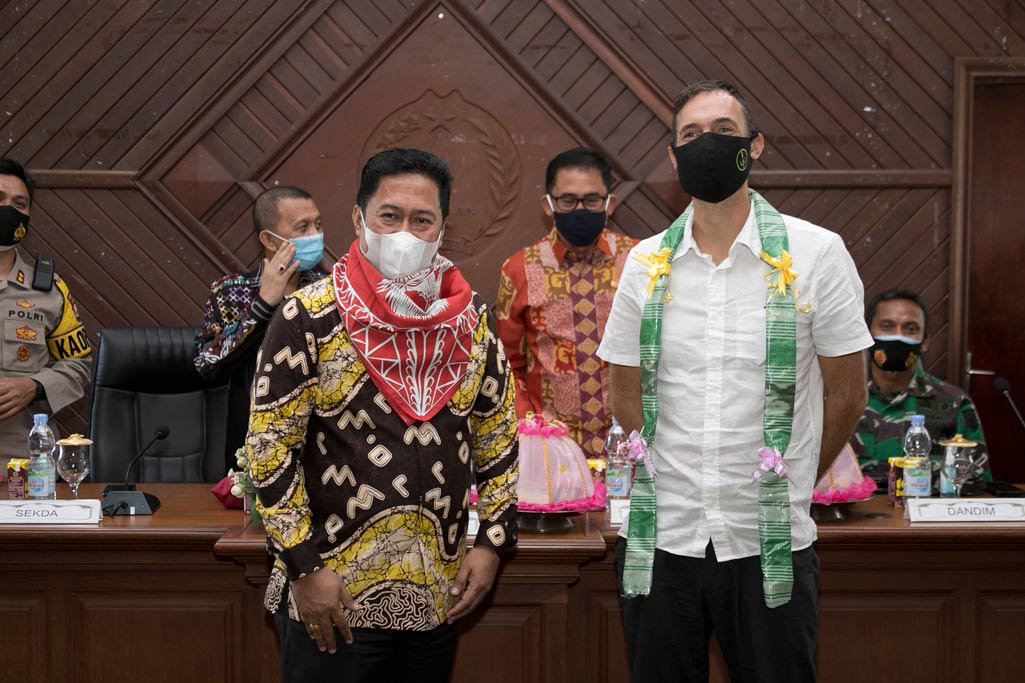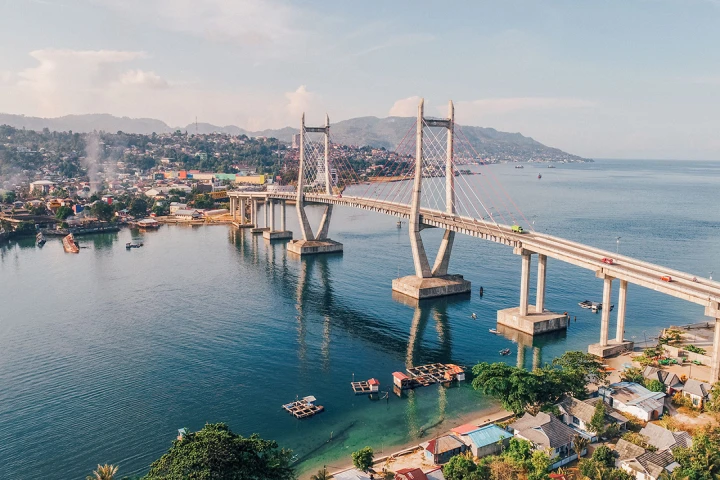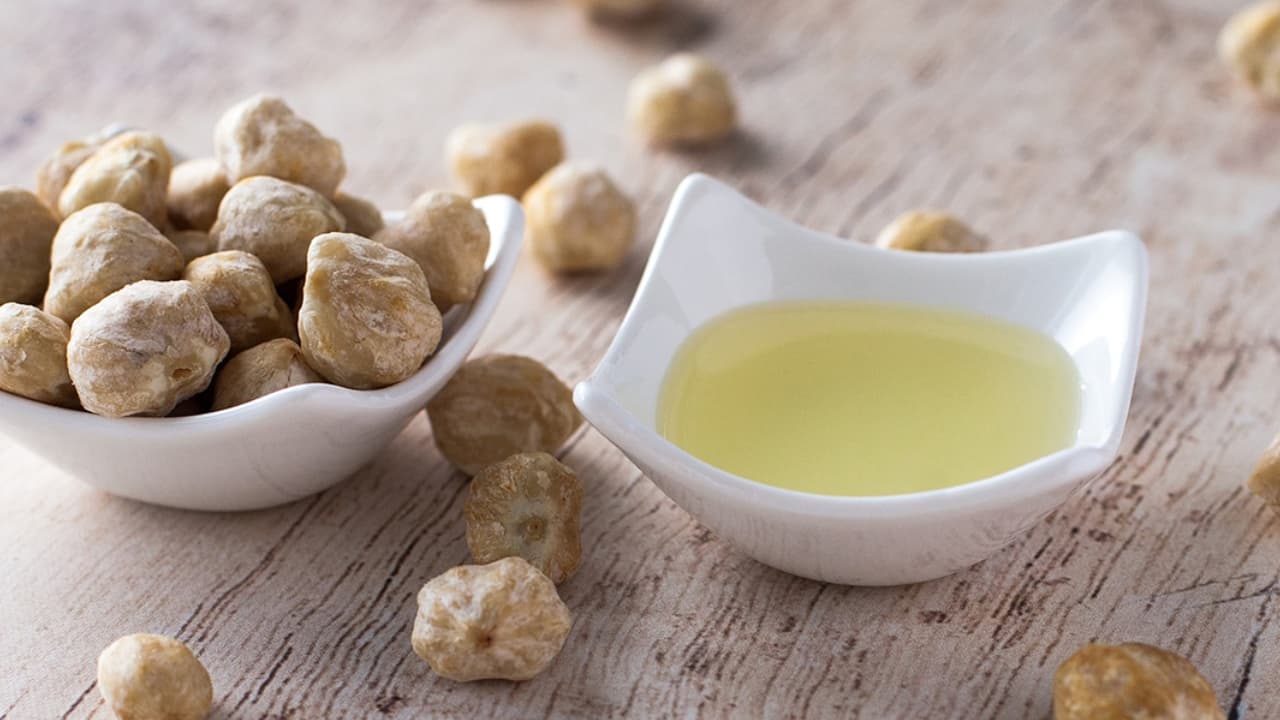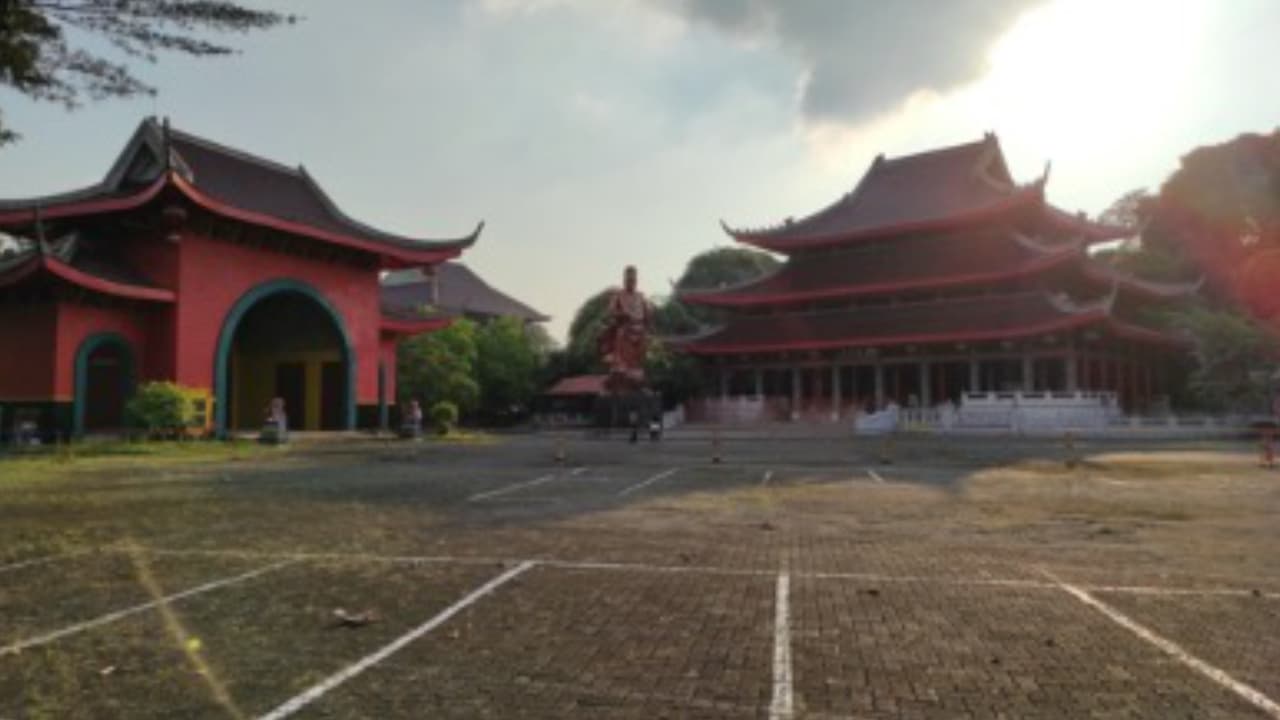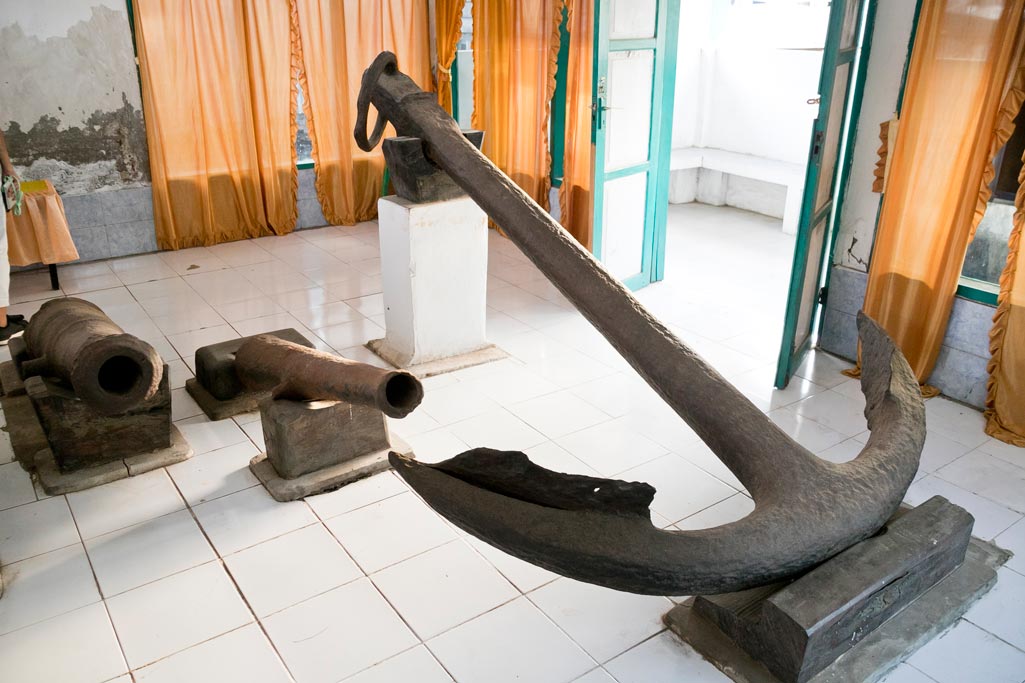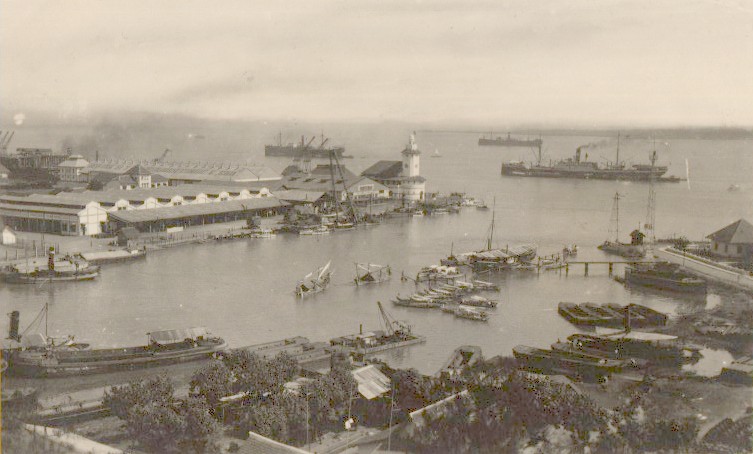
Located in Surabaya, Kalimas Traditional Seaport had existed several centuries ago. It emerged in the 14th century. Today, this port is no longer the leading port since the colonial government built the Tanjung Perak port. However, the port was still significant for the small sails in Surabaya.
In the past, large ships could only sail through the Madura Strait. The minimum access of canals to Surabaya led the large ships to sail through a strait near Surabaya. In the loading and unloading process, barges and small ships would come over to the large ships.
After the ships loaded the goods, they agilely sailed through the Kalimas River until they reached the leading port of Surabaya. At that time, Kalimas Traditional Seaport was the heart of the Surabaya trade, where the spices left their traces.
The pinisi ships lined up neatly on the edge of the pier. The couriers and the ship’s crews busily moved back and forth, loading and unloading the ships. That was the situation in the Kalimas Port, as portrayed by Ohannes Kurkdjian. The image was a reform and development attempt done by the Dutch East Indies Government. Unsurprisingly, the canals, as often seen in the Netherlands, started to emerge.
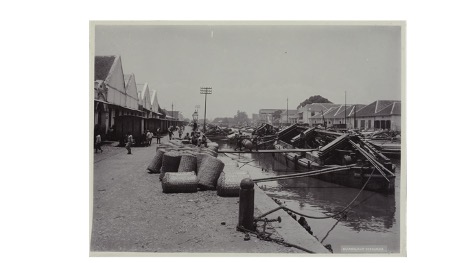
Kalimas Pier, 1885-1920
The Dutch, who had a purpose in the port, repaired other infrastructures to make the sail easier. Besides the waterway, the colonial government was also concerned with land transportation by building an automatic folding bridge above the Kalimas River. Thus, when the ships sailed, the bridge could be folded. Today, people call it the “petekan” bridge, which means pressed because the bridge can be opened and closed every time a large ship sailed from the Java Sea to the Red Bridge until it reached Mojokerto.

Jembatan Petekan, 1948
Menara Syahbandar or the harbormaster tower is another trace that we can find in the port. It marks an essential role that the port had in the past. At 10 meters high, the existence of the harbormaster tower marks the existence of the harbormaster. It also marks the essential role of the port for the rulers, for it became the melting pot of various cultures brought by the traders. Harbourmaster was on duty to look after the trades, determine taxes, see the quality of the goods in general, and determine the currency they could use in transactions.
The leading port was located at the heart of trade in Surabaya. There was a street named Heerenstraat near the port (now located around Rajawali and Kembang Jepun Streets), a loading/unloading business center. Between the two streets, a bridge stretched above Kalimas River; Roode Brug or the Red Bridge.
This port at least has an area of 5.2 acres now. There are 50-60 fleets that come in and out of the port every day. The ships commonly come from various parts of Indonesia, especially the eastern. It is inseparable from the position of Surabaya that links Western Indonesia to Central and Eastern Indonesia.
Another privilege of Kalimas Port is that it becomes an alternative for fishers with small ships rejected from Tanjung Perak Port. Unsurprisingly, this port is known as the people’s port. Further, Kalimas Port is only filled with the people of Kalimas. This is because the ships’ crews in the port only work for the Kalimas ships. The same applies to land transportation, especially the “bagong” truck and the loading and unloading couriers. This kind of thing is almost impossible to find in other ports.
Source:
Sari, Novi Indrianita. 2007. PASANG-SURUT AKTIVITAS PELABUHAN KALIMAS SURABAYA TAHUN 1870-1930. Skripsi thesis, UNIVERSITAS AIRLANGGA.
Asia Maior. 2004. Soerabaja 1900-1950: Havens, Marine, Stadsbeeld Port, Navy, Townscape. Zierikzee: Uitgeverij Asia Maior.
Pict 01: https://collectie.wereldculturen.nl/#/query/b6066f9f-30b1-4fe2-aeef-375e431cc3b8
Pict 02: https://collectie.wereldculturen.nl/#/query/fb837b5c-aea7-44f8-acc7-18d9f355eef6
Text: Endi Aulia Garadian
Editor: Doni Ahmadi
Translator: Dhiani Probhosiwi



